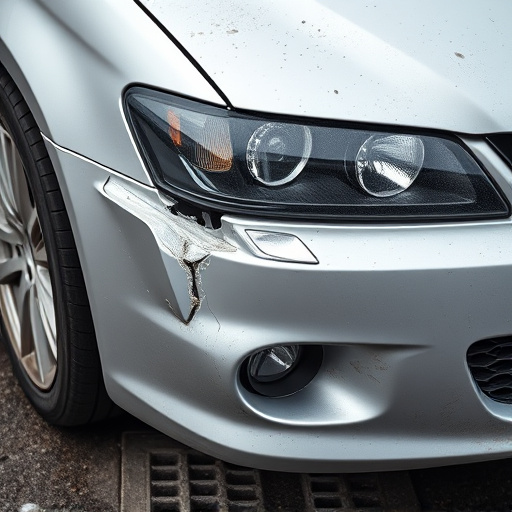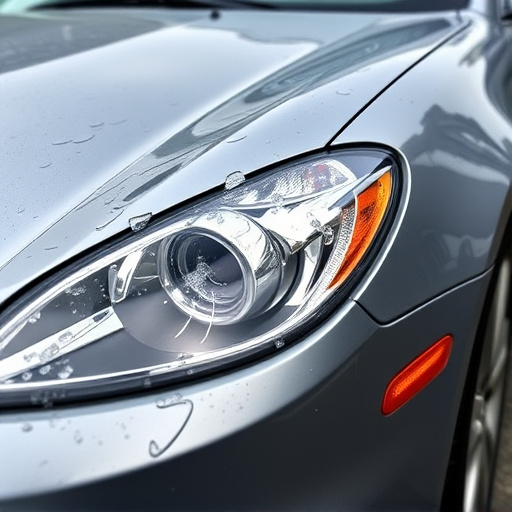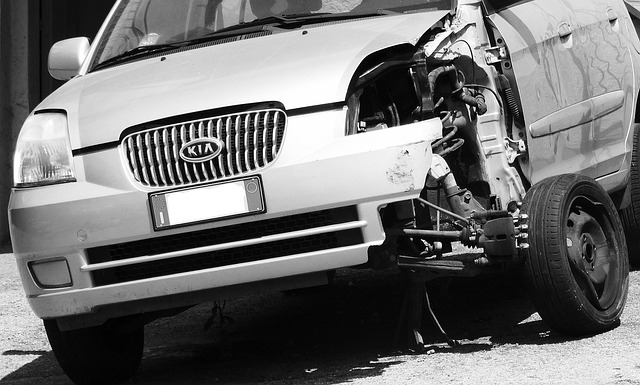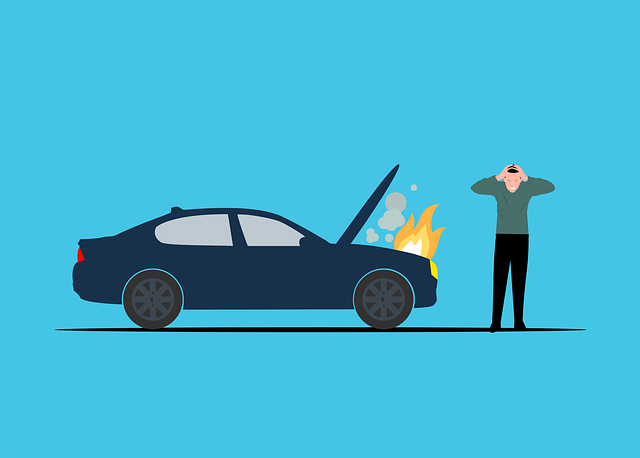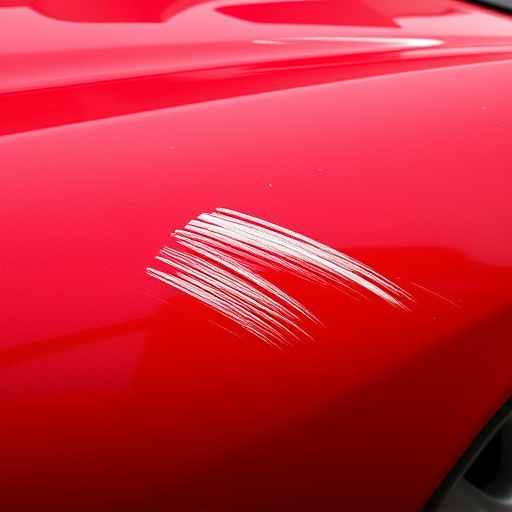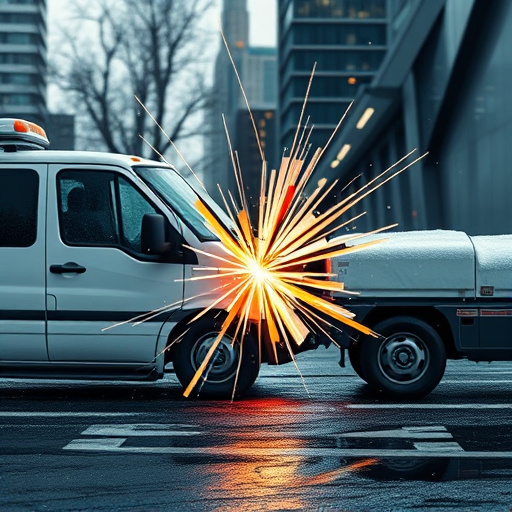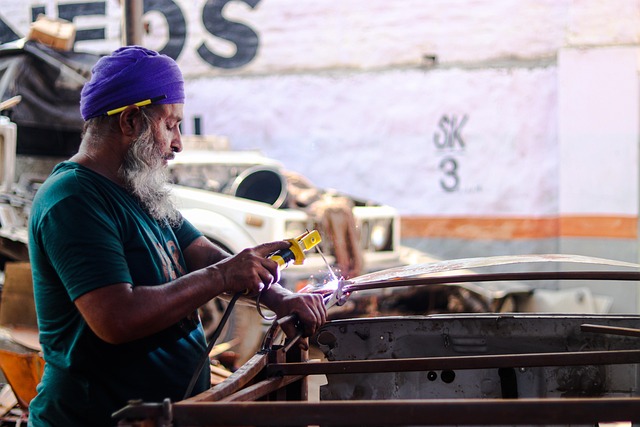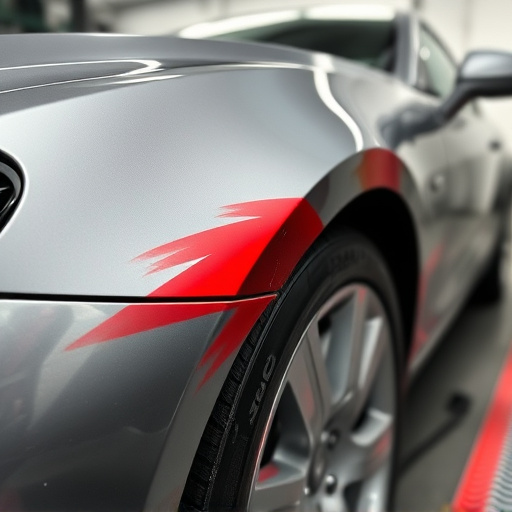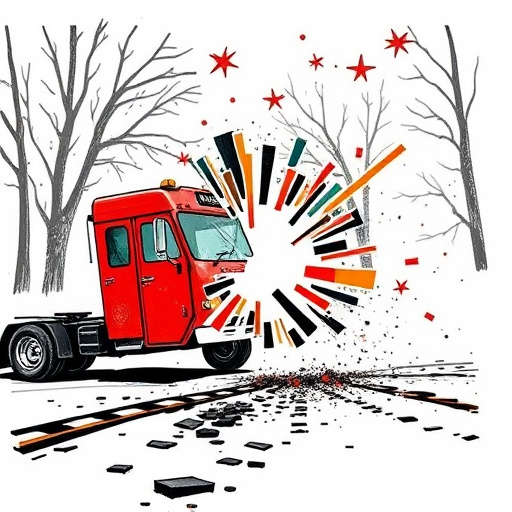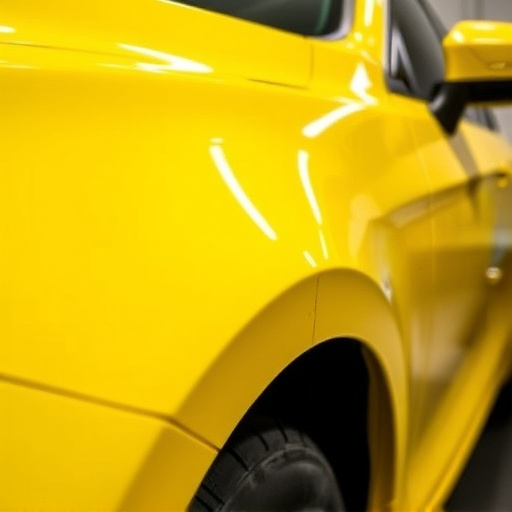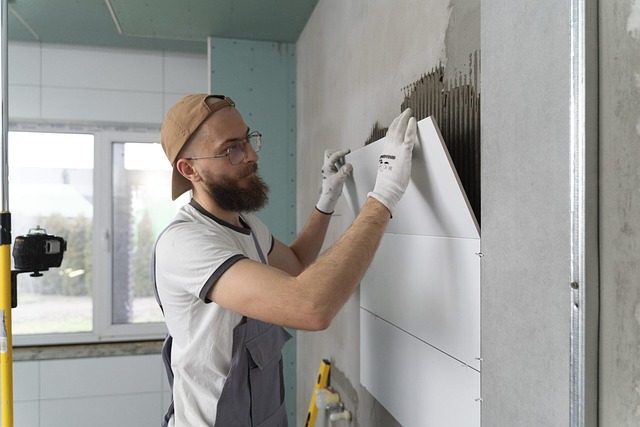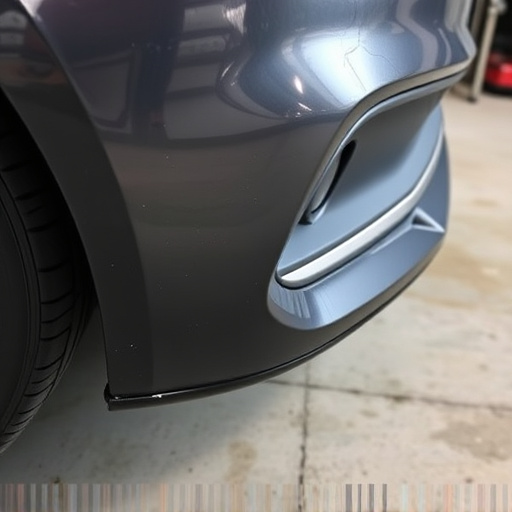Thoroughly inspecting an exhaust system after a collision is crucial for both safety and performance. Look for visible damage like cracks, leaks, rust, or corrosion, as well as unusual noises, as these may indicate hidden internal stress. Consult specialized auto collision centers for accurate diagnosis and expert exhaust system collision repair, ensuring your vehicle's reliability on the road and preventing future safety hazards.
After a collision, it’s crucial to perform thorough exhaust system safety checks. This critical component, often overlooked, can suffer significant damage that poses both safety and environmental risks if left undiagnosed. This article guides you through assessing exhaust system damage, conducting essential safety inspections, and understanding repair options for effective post-collision care. Learn how to identify common issues, choose the right repair methods, and ensure your vehicle’s long-term safety following an accident, focusing on exhaust system collision repair best practices.
- Assessing Exhaust System Damage After a Collision
- – Identifying visible signs of damage
- – Understanding common collision-related exhaust system issues
Assessing Exhaust System Damage After a Collision
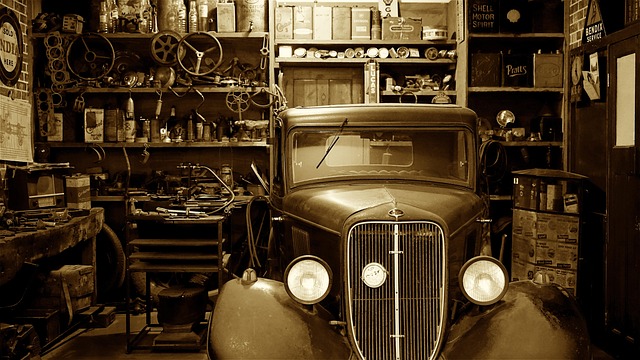
After a collision, assessing exhaust system damage is a crucial step in the repair process. Before attempting any repairs, thoroughly inspect all components for signs of deformation, cracks, or leaks. The exhaust system, often overlooked during initial inspections, plays a vital role in vehicle safety and performance. Any damage could compromise its integrity, leading to potential hazards post-repair.
During your assessment, look beyond the visible. Sometimes, collision damage can cause internal stress within the exhaust system, resulting in future issues. Consider consulting an auto collision center specializing in frame straightening and exhaust system collision repair. They have the expertise and tools to accurately diagnose hidden problems, ensuring your vehicle’s safety and reliability on the road.
– Identifying visible signs of damage
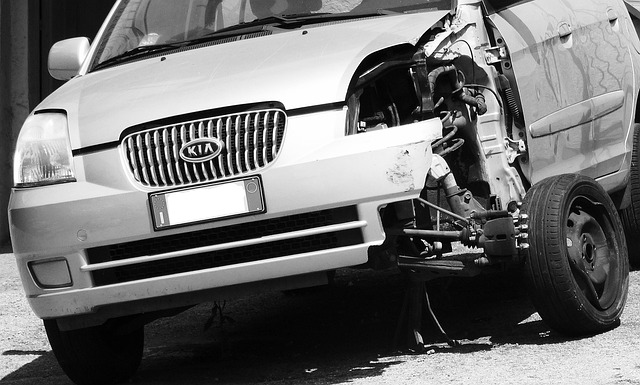
When evaluating exhaust system safety after a collision, the first step is to perform a thorough visual inspection. Look for any visible signs of damage, such as dents, cracks, or leaks in the exhaust pipes, muffler, or headers. Even small cracks can compromise structural integrity and pose a serious risk during driving. In addition to examining the exterior components, check for any signs of rust or corrosion, especially around joints and welds, as these could indicate underlying damage that may not be immediately apparent.
Pay special attention to areas prone to impact during a collision, such as the rear underbody and the sides of the vehicle near exhaust outlets. If you notice any damage or unusual noises coming from the exhaust system, don’t disregard them. These could be early warning signs of potential problems that require professional car collision repair services, including comprehensive body shop services and even tire services, to ensure safe operation and prevent further damage.
– Understanding common collision-related exhaust system issues

When a vehicle is involved in a collision, several components can sustain damage, and the exhaust system is no exception. Common issues include cracked or ruptured pipes, damaged hangers, and misaligned parts due to impact forces. These problems not only affect the system’s performance but also pose safety risks if left unaddressed. For instance, a collapsed exhaust pipe can cause a loss of engine power and increase the risk of backfire or even an explosion.
During a collision repair process at a trusted auto repair center, mechanics carefully inspect the exhaust system for any signs of damage. They look for leaks, corrosion, and structural integrity to ensure that the system is working optimally and safely. Regular maintenance checks are crucial in identifying potential issues early on, preventing more severe problems down the line, and promoting efficient vehicle operation.
After a collision, properly assessing and addressing exhaust system damage is crucial for both safety and effective collision repair. By understanding common issues like visible signs of damage and potential structural weaknesses, technicians can ensure that the exhaust system is fully restored to its pre-collision condition. Timely inspection and repair not only prevent future hazards but also contribute to the overall efficiency and longevity of the vehicle’s performance. Implement regular exhaust system safety checks as part of collision repair protocols for comprehensive and reliable results.
